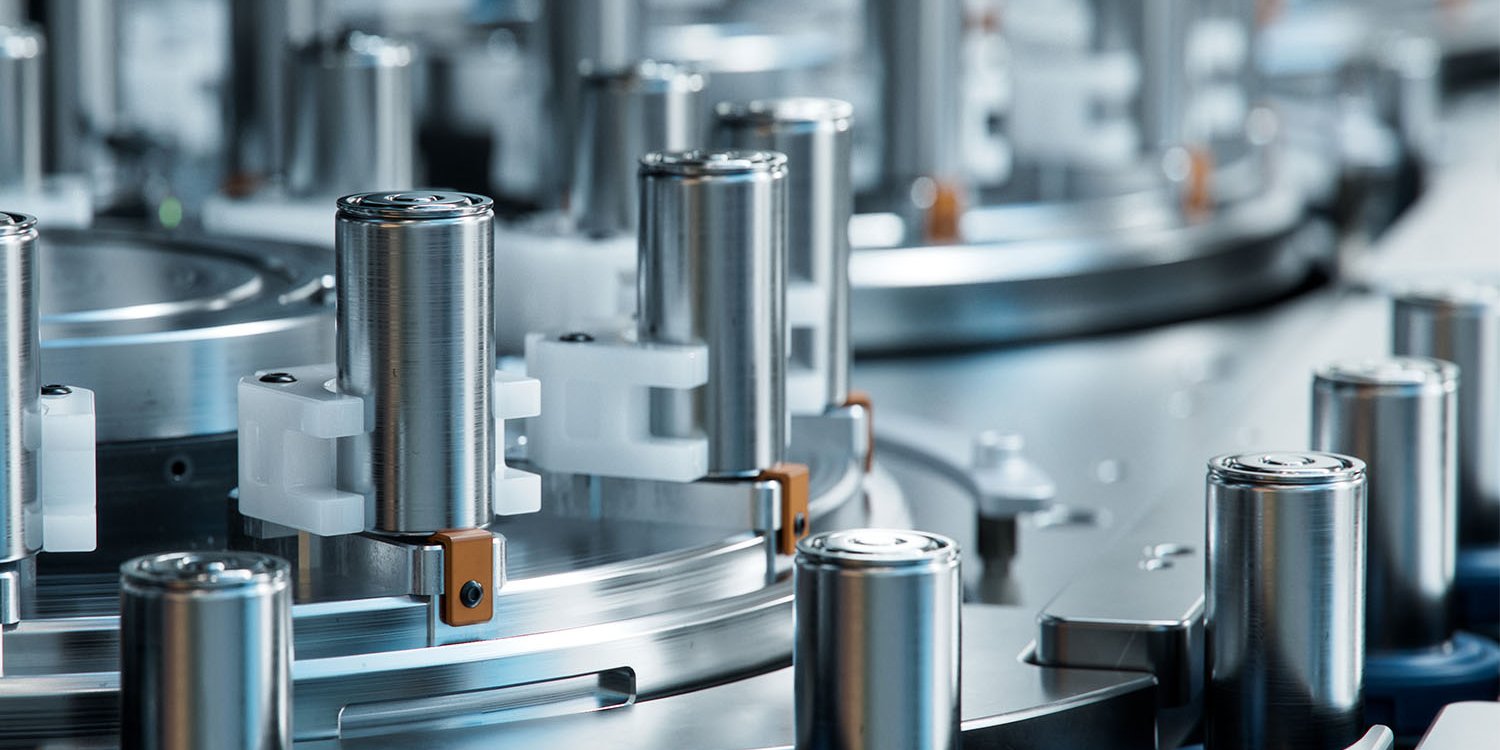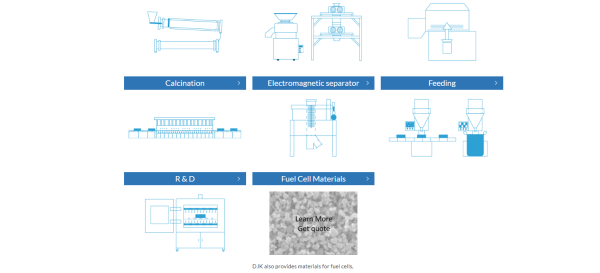Cathode Active Material Production
Mixing Equipment: This equipment is used to mix the precursor materials that form the cathode active material. It ensures a homogeneous blend of the components, such as lithium cobalt oxide (LiCoO2), lithium iron phosphate (LiFePO4), lithium manganese oxide (LiMn2O4), or other cathode materials.
Calcination Furnace: After mixing, the blended material is heated in a calcination furnace to undergo a solid-state reaction. This step helps to optimize the crystal structure and improve the electrochemical properties of the cathode material.
Milling/Grinding Equipment: The calcined material is often subjected to milling or grinding to achieve the desired particle size and improve material performance.
Coating Machine: In some cases, the cathode active material is coated onto a current collector, such as aluminum foil. The coating machine helps deposit a uniform layer of the active material onto the current collector.
Drying Equipment: After coating, the cathode material may require drying to remove any remaining solvents or moisture from the production process.
Calendering Machine: In some cases, the cathode material is subjected to calendering, a process that compresses and densifies the electrode to improve its structural integrity and performance.


